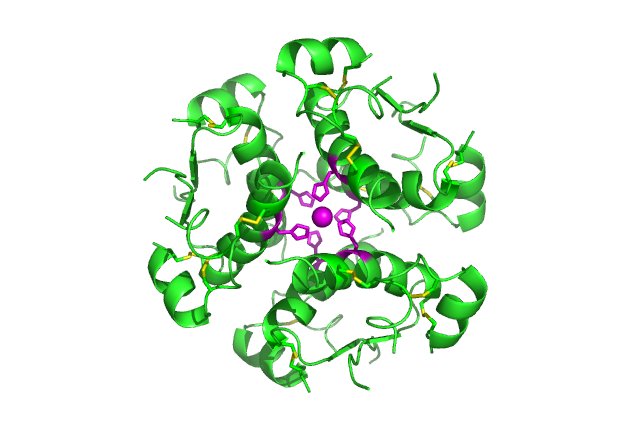Cells capable of releasing insulin in response to a radio signal have been engineered by scientists in America.
Writing in the journal Science, Rockefeller University researcher  Sarah Stanley and her colleagues explain how, by using a modified temperature-sensor (TRPV1) normally found on nerve cells and decorating it with iron oxide nanoparticles, they could make cultured cells respond to low-frequency (465kHz) radiowaves.
Sarah Stanley and her colleagues explain how, by using a modified temperature-sensor (TRPV1) normally found on nerve cells and decorating it with iron oxide nanoparticles, they could make cultured cells respond to low-frequency (465kHz) radiowaves.
These are absorbed preferentially by the nanoparticles, which warm up slightly and trigger the heat sensor. This, in turn, opens a pore on the surface of the cell allowing calcium to enter, which the team were able to measure.
Next, to test whether it would be possible to control genes using this technique, the researchers constructed a DNA sequence containing a copy of the insulin gene placed next to a series of three genetic "switches" sensitive to calcium levels. This was added to the test cells.
Now, when they zapped their cells with radiowaves for 10 seconds, the researchers found they could turn on and off the production of insulin. And when a batch of similar insulin-secreting cells were injected into mice, it was possible to produce significant changes in the animals' blood sugar levels using the radio signals.
To refine the system, the team have also developed a modified gene sequence that enables cells to make their own iron nanoparticles, avoiding the need to apply these manually.
The use of radiowaves to control cells like this is a huge leap forward, because unlike previous attempts to achieve this, using visible or near-infrared light that has limited tissue-penetrating abilities, low-frequency radiowaves can travel deep into tissues without difficulty but are also very safe.
"This approach could theoretically be used to treat protein deficiencies by providing regulated expression of proteins that are difficult to synthesise or to deliver," the team point out in their paper.
- Previous Star shredded by Black Hole
- Next Spring forward?










Comments
Add a comment